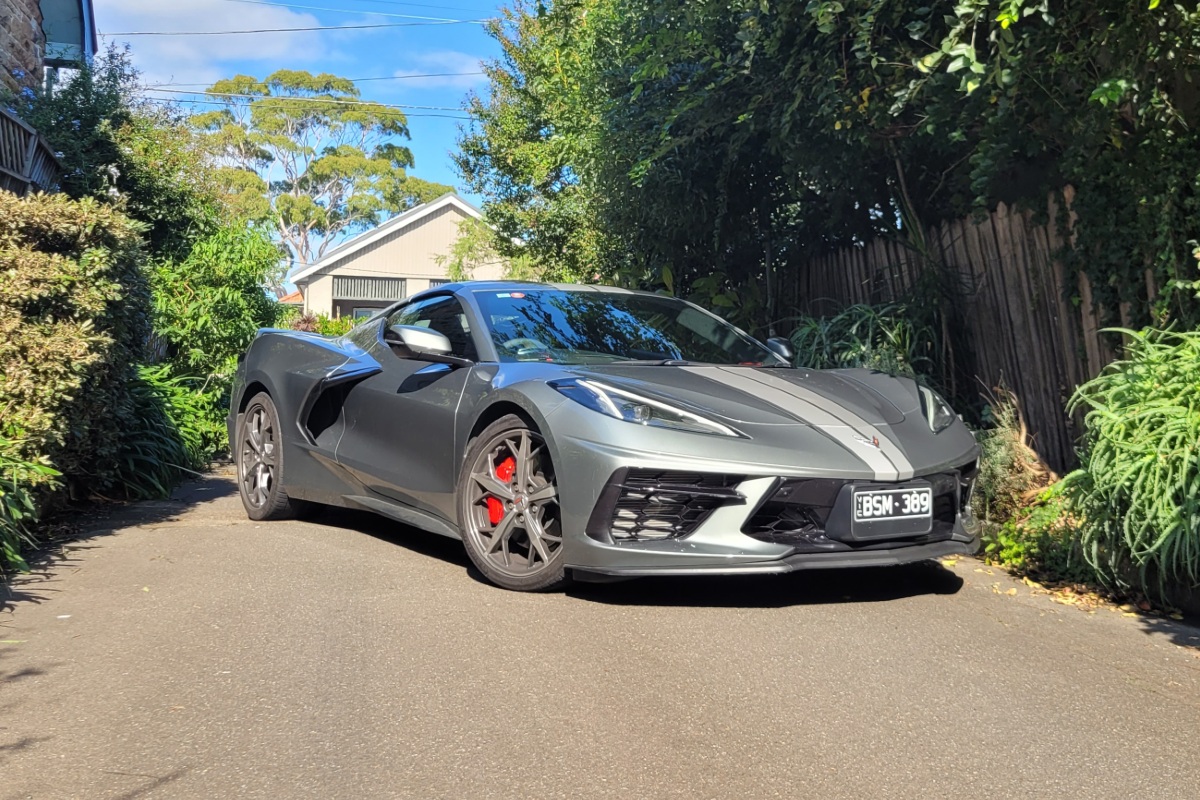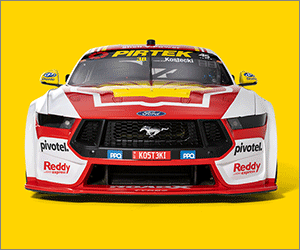
Last week General Motors announced the arrival of the Cadillac brand here in Australia sometime next year. There have been several false starts over the years by all accounts, but this time it looks like its for real.
What was particularly notable about the announcement though, was the revelation that there is no plan to involve the existing GMSV dealer network in the Cadillac programme. Instead, GM will have their own “experience centres” in Melbourne and Sydney. That’s showrooms to you and me.
They’re following the route pioneered here by Tesla, of course.
This comes on the back of the highly contentious adoption of the ‘agency model’ by both Mercedes Benz and Honda in recent years. The difference is though, that under the agency model, the dealer still plays a very important role in the relationship with the customer, the end user. Only time will tell whether the agency system gives the dealer enough of a return on investment to be ultimately sustainable. But under this system the end user does maintain a link with a real, physical, person somewhere in a similar postcode.
READ MORE: Top 5 Cadillac’s we’d like to see in Australia
However, what will be the consumer experience when dealers are removed completely from the scene? Do we really want to be dialing 1800 numbers that land in the Philippines or India for our automotive needs? I for one hate the way that banking, for instance, has become so impersonal in recent years. And now, I have to say that I have severe doubts as to the viability of legacy manufacturer controlled retail experiences here in Australia.

The Tesla experience is not generally one that consumers rave about (I employ an ex Tesla employee myself in Queensland) and it will be interesting to see how it bears up under the pressure of the volumes that they are selling nowadays. But their products are in a different, lower, price range to that envisioned by Cadillac, where customers tolerance levels of average service are higher.
Cadillac are coming into the market and positioning themselves as a premium brand and, as they made clear last week, see themselves competing directly with Mercedes-Benz, BMW and Audi. To do that, much more than just an excellent product will be needed.
ROAD TEST: 2022 Chevrolet Corvette C8 Stingray review
Rather than remaining a lean, mean importer of GM products, GMANZ will need to employ more people (at a retail level where they have no experience), take on leases for experience centres, deal with part exchanges, handle all the consumer issues from lost keys to major warranty problems, keep loan cars on hand, handle the inevitable crash repairs, the list goes on. All this for a what is always going to be a relatively small volume.
Meanwhile, they have 63 GMSV dealers already dotted strategically around Australia and New Zealand. These dealers are selling Silverados and Corvettes today. Those models retail at the same or higher price levels than the Cadillac Lyriq will, so it’s hard to make a case that the dealers don’t understand that sector of the market.
Those dealers will also help maintain resale values in the marketplace in years to come, if they have a vested interest. I’ve written before about some of the issues around used Tesla values. Just ask an owner of a Model X today how easy, or not, it is to resell their car for a reasonable price, especially considering what they will have paid for it new.
READ MORE: GMSV details new Chevrolet Silverado range
Moreover, I see the average Cadillac customer here, certainly initially, as being someone who already has a pro USA, pro GM attitude, rather than a fan of the German trio of premium brands. Someone who potentially grew up with Holden, and who is now keen to embrace new technology.
In fact, someone, oddly enough, who might already be known to the GMSV dealer network.

Instead of using that network, GMANZ propose to deny the vast majority of the country access to the Cadillac product, at least early on, by limiting the experience centres to Melbourne and Sydney. And yet, given the physical dimensions of the Lyriq, this model is not a city centre car, at least in Australia. It’s a car for the suburbs, and beyond, where there’s more space and more room to park. Where many of their 63 dealers are based.
Whilst there’s possibly a case for direct sales to consumers of some high volume brands in future, I don’t believe it makes any sense at all for niche brands. This time, its GM and Cadillac making the wrong call, but next time it could be one of the other manufacturers. I want to see Cadillac succeed here in Australia and there’s still time for them to embrace a combination approach whereby they create the sort of Cadillac experience they seek at a retail level but in partnership with their dealers, rather than denying them the opportunity to be involved.
READ MORE: Chevrolet Corvette Z06 confirmed for Australia
Those same dealers should be allowed to broaden their portfolio of GM products, given that the Corvette, great car though it is, is a very low volume model and the Silverado could easily suffer a sales downturn in the face of heavy fuel price inflation.
But it should really be about offering the consumer the best possible experience. And with a niche brand, there’s no doubt in my mind that the dealer network offers that.
GM can’t afford for Cadillac to fail here. Those customers who become early adopters of the brand deserve the right level of backup throughout the purchasing and ownership cycle that won’t come from a centralized approach.
When I go to my local Cupra showroom, it’s very much Cupra all over, but it’s also very much Eagers (in Brisbane) in the back office. That’s the model for Cadillac here, in my opinion.











Discussion about this post